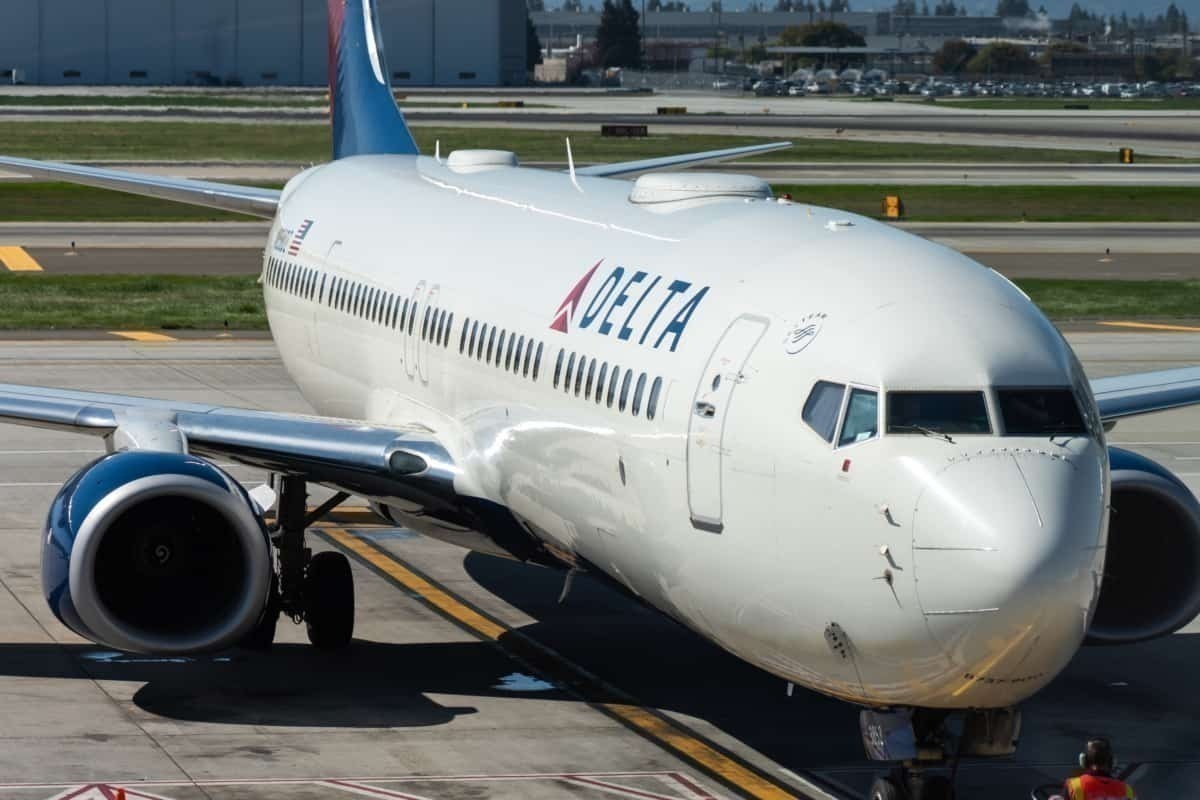
The FAA has today issued an emergency airworthiness directive for around 2,000 Boeing 737 aircraft. The directive appears to cover the 737 Classic and NG range for any aircraft that have not flown in a week.
All ‘stored’ 737s to be checked
US-registered Boeing 737 aircraft have been issued with an emergency airworthiness directive by the Federal Aviation Administration (FAA) today. The directive, which covers all models of the 737 in service – both the Classic and the NG – applies to any aircraft which have not flown for seven consecutive days.
With much of the world’s fleet of aircraft in storage, this directive is expected to apply to around 2,000 aircraft. As the 737 MAX is currently grounded, it is not included in the directive, but it will apply to any Boeing 737 aircraft that is operational otherwise, namely the 737 NG (600 to 900 series) and 737 Classic (737-300 to 737-500 series).
The FAA says that the directive has been issued as a result of identified corrosion to the air check valves. Inspectors bringing some 737s out of service have noted this corrosion, which the FAA says could, in the worst-case scenario, lead to dual engine failure.
Details of the fault
The FAA has said in the directive that the notice was prompted by no less than four recent reports of engine shutdowns. These were determined to be caused by the air check valve being stuck in the open position as a result of corrosion.

The directive reports that flying the plane with this fault could result in compressor stalls and dual-engine power loss with no ability to restart. It says that every airplane that has been in ‘storage’ needs to be checked for the issue.
According to the FAA:
Any airplane that, for 7 or more consecutive days, has not been operated in flight is considered to be in “storage.”
The AD contains further details on how and when the inspection should be carried out and dictates that the valve must be replaced if the fault is found before revenue flights are undertaken.
Could more planes be affected?
More than 10,000 737’s have been ordered and delivered since the type launched in 1968. While many of those will have been retired, and some are the grounded 737 MAX, thousands are still in service with airlines around the world.
When the coronavirus crisis hit, airlines around the world grounded huge portions of their fleets. The first to be grounded were the widebodies, followed by the narrowbodies. As such, a large proportion of the worldwide fleet of 737s sat unused for some weeks.

However, airlines are now starting to bring them all back, as the demand for travel picks up, and borders begin to reopen. An update from Cirium a couple of weeks ago showed that more than two-thirds of the world’s 737s had flown at least once in the past seven days, equivalent to more than 4,300 aircraft. The AD states that those which remain in storage now as well as those which have operated for 10 or fewer flight cycles since being stored will need to be checked.
While the FAA directive covers only the US-based fleet, given the nature of the fault, we could well see EASA and other regulators follow suit and request inspections of the 737s in their regions also.
This is the second issue that has arisen with the 737, aside from the MAX. Late last year, the 737 NG (700, 800, and 900) was grounded by a number of operators due to issues with pickle fork cracks. However, this latest issue is no fault of Boeing’s, as nobody could have predicted the extended period of grounding suffered by these aircraft.
The post FAA Issues Emergency Directive For Stored Boeing 737s appeared first on Simple Flying.